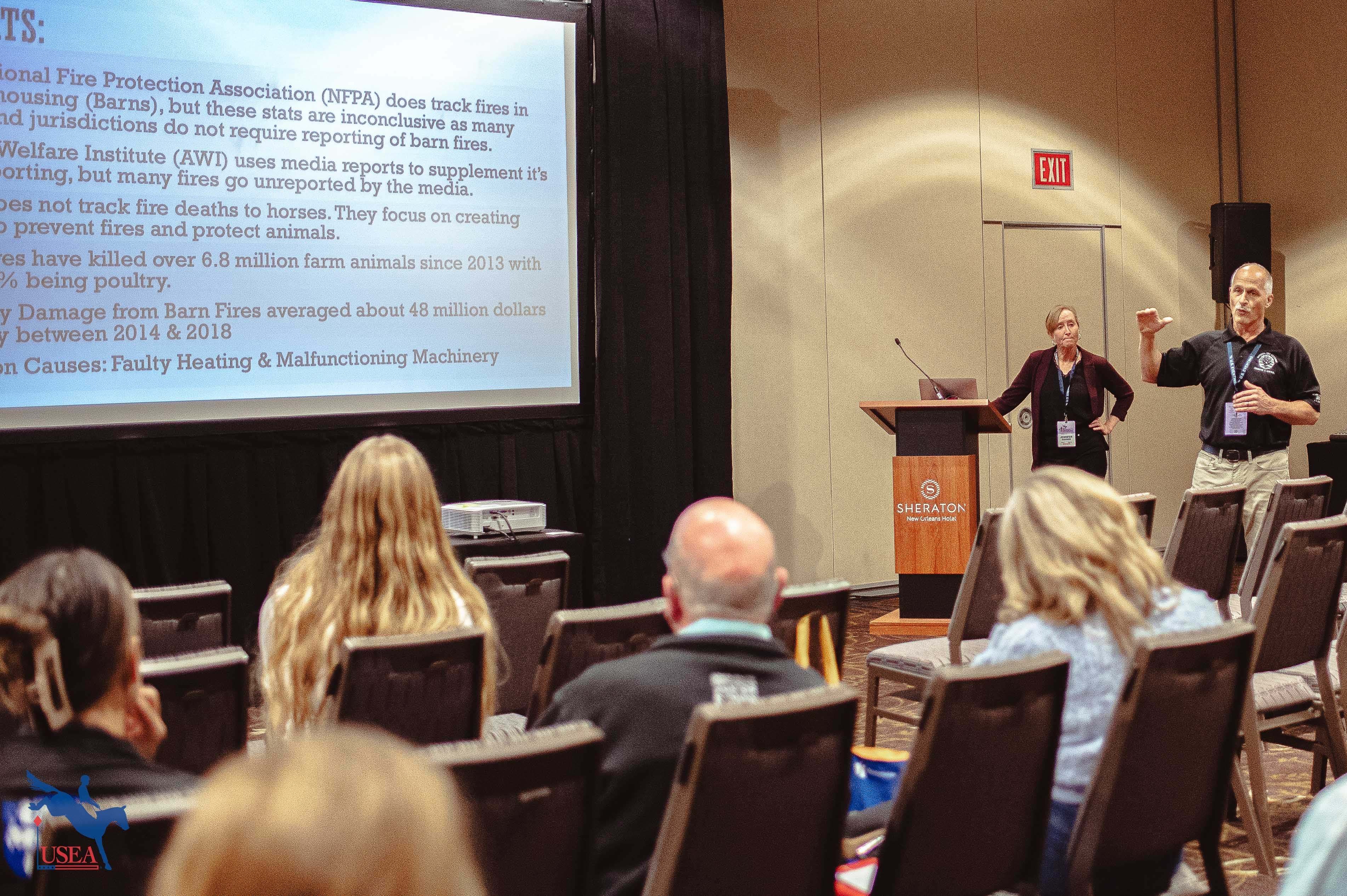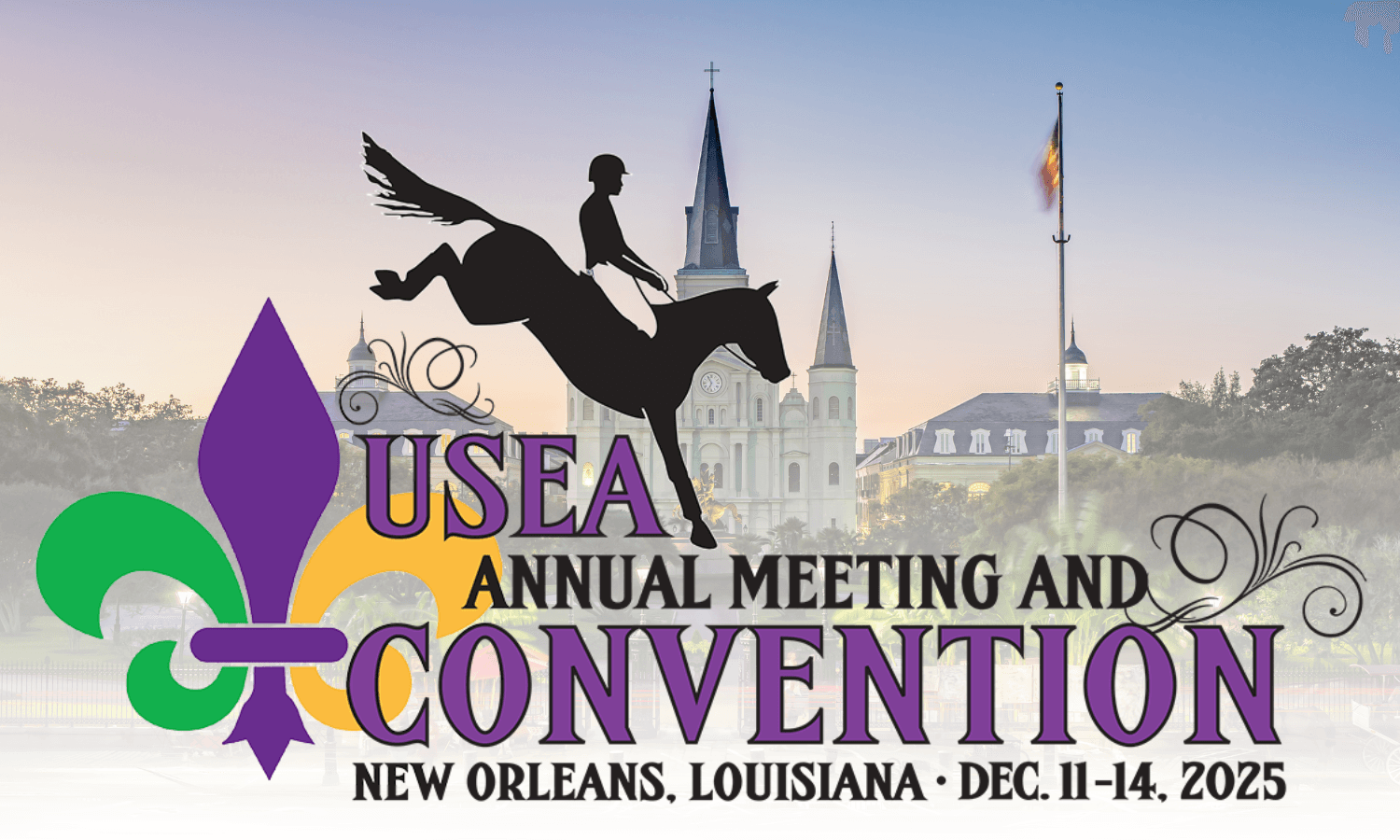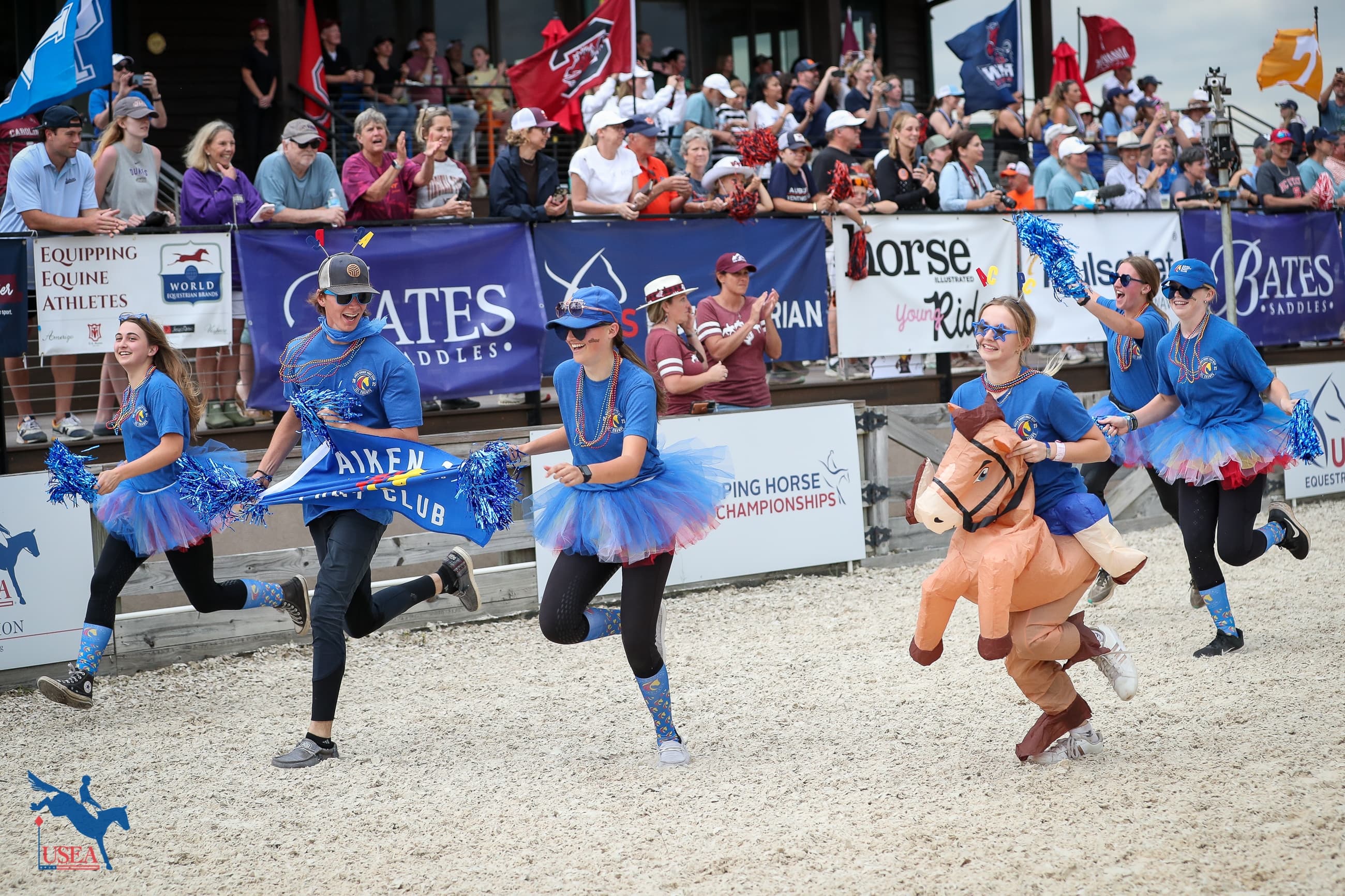The Entry Fee is Only the Beginning: Part One
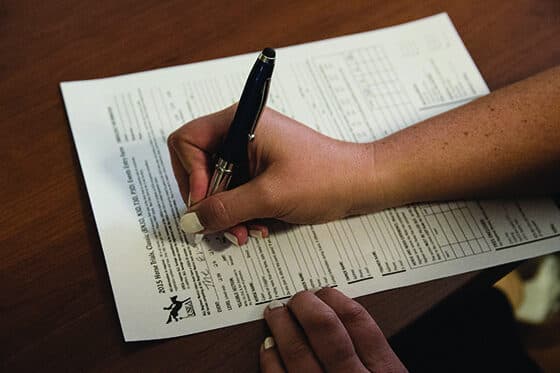
This article was originally published as one piece in the May/June 2015 issue of Eventing USA magazine. It has been updated to reflect current statistics and split into three parts for publication on the USEA website.
The USEA recognizes more than 245 events across 36 states 12 months of the year and each one of those event organizers provides an outlet that enables amateurs to reach competitive goals; professionals to make a livelihood; horses to gain qualifications; and riders from every walk of life to experience the joy of eventing. Organizers work hard to keep entry costs down as they know the high costs associated with horses, but with rising costs of their own, organizers are having to get creative in order to make ends meet and keep the start boxes open.
Over the past few years, events have grown into separate categories – destination events and local events. Destination events normally offer FEI levels, prize money, trade fairs, and take place over several days. With these “extras” the costs to the organizers are increased and competitors can often see that reflected in the entry cost. Local events continue to put on top-notch events using mostly volunteers to keep costs down while still giving competitors a safe and educational experience. It does not matter which category an event falls in, all organizers are still required to meet certain standards and therefore have fixed costs that must be covered.
Setting the Entry Fee
The cost of entry varies across the country and level, but the average entry fee for a horse trials in 2019 was approximately $220. Each organizer looks at different factors when setting the entry fees for their particular event. “We look at what our expenses are and what we have to cover and set the entry fee to cover a majority of those expenses,” explained Christina Gray, who works with events all over the West Coast including Twin Rivers, Southern Arizona, Aspen Farms, and Rebecca Farm. “There are expenses for officials, arena rentals, cross-country course repairs, water trucks, decorations. A lot of things are assets that you can keep and reuse but a lot of them have to be replaced after a certain amount of time because of wear and tear.”
Robert Kellerhouse, organizer of Galway Downs Horse Trials and The Event at Woodside, said he works to set the fees for his events comparable to what other events of the same type in the Area are charging. “When I started up my first show, we opened up the Omnibus and charged what everyone else was charging,” he explained. “Even though not every event is created equal, you can’t deviate more than a few bucks. You are not likely to see a huge variation within a region for the level, but we know that not every single show is the same. You try to attract more competitors by creating the best show possible, so you can amortize the courses and officials. Not everyone has the same breakeven point – every show is different. Some organizers build their own courses on their own land doing this because they love it, so they have a lower threshold for entry fees as opposed to someone who has to rent a show ground. Renting a show ground gives you a lot of luxuries, but then you have a higher threshold to break even. All of these factors are incumbent on a static entry fee.”
Gray also observed that expenses vary from a privately owned facility to an event that rent out a venue. “If you own your own facility, then you have to look at having to pay insurance and taxes on the property, you may have a mortgage payment on the property. Or, if you’re renting a facility, you pay a rental fee that the facility then uses to make those kinds of payments.”
“We try very hard to keep our fees as low as possible,” said Nancy Jones, head of the Seneca Valley Pony Club Horse Trials Organizing Committee. “As a Pony Club, we feel it is important to keep eventing affordable, especially at the lower levels. The profits from our events are used to subsidize and/or fully fund our members’ participation in Pony Club events (rallies, certifications, Championships) and club-sponsored lessons, as well as maintaining and improving Bittersweet Field [where all Pony Club activities are held including the Horse Trials]. By tracking our membership expenses, we can estimate how much we need to net from our events. We also need to keep a cushion on hand, in the event that one of the shows needs to be canceled (which has happened to us in the past due to weather conditions).”
Where Does Your Entry Fee Go?
The entry fees often don’t cover the total expenses required to put on an event. Organizers have to find different ways to cover the costs as just raising entry fees often isn’t possible. “Whether it is Training level at the biggest event of the year or the smallest event of the year, you can’t charge differently – you would get pushback,” Kellerhouse believes.
Gray provided details of the income and expense breakdown for one of the events she works with on the West Coast, showing that entry and stabling fees make up for 81 percent of the total income brought in over the weekend. To cover the costs of running the event, income from several other areas including sponsorship, schooling fees, RV site rentals, and shaving sales was used to make up the difference.
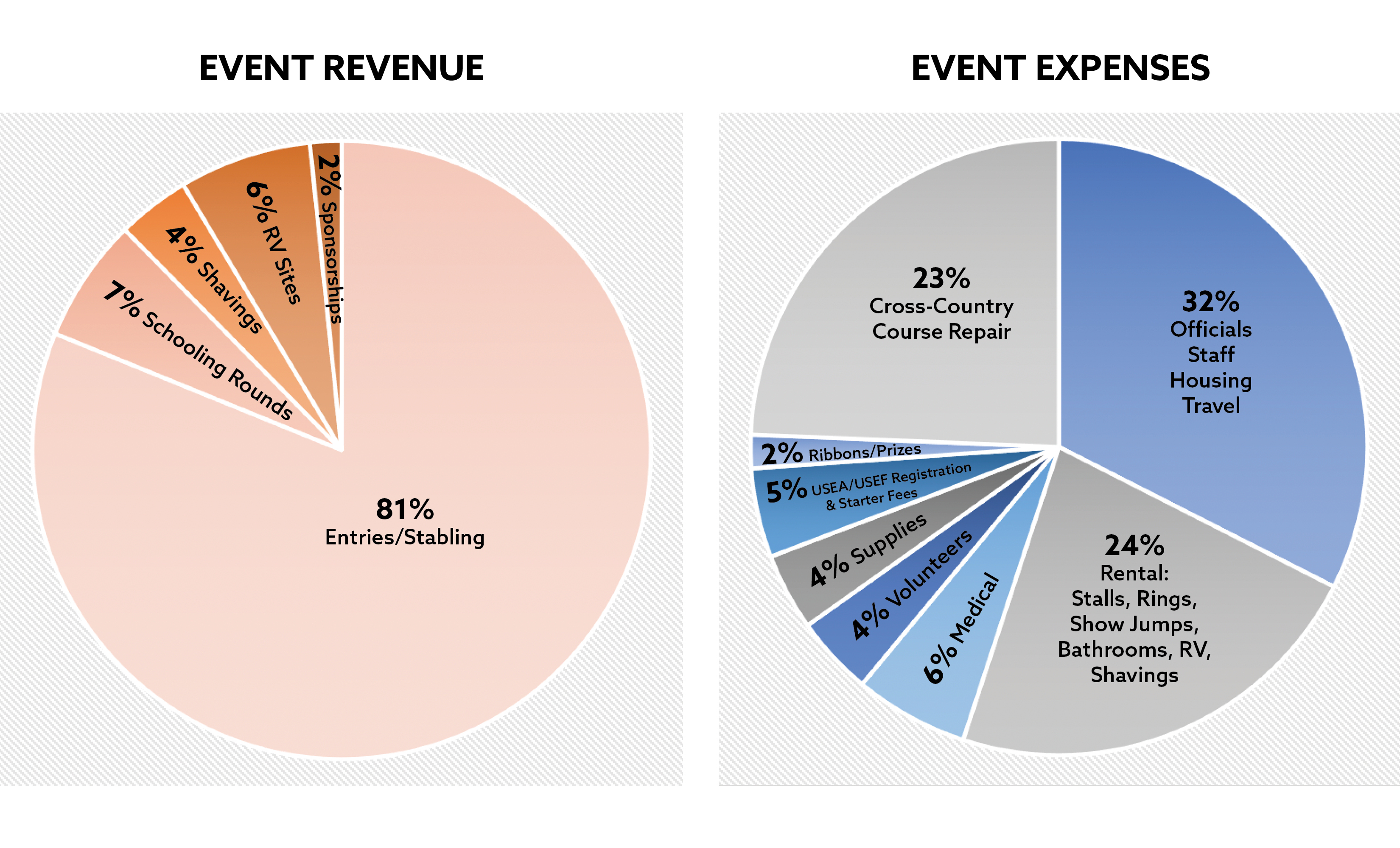
Nearly all the organizers cite officials and the cross-country course as the two biggest expenses for their events. Without officials to judge dressage, design and evaluate the courses, and ensure a fair playing field for all, holding events wouldn’t be possible. At a bare minimum, every event requires at least five officials, plus a vet, a farrier, an EMT, and an ambulance on call.
Kellerhouse explained, “We are always flying officials in, they are staying in hotels and renting cars. The official’s fee isn’t that much, it’s total expenses multiplied by however many officials you need for the weekend. No one is being unfair – there is a market for them – they all try to work with you on good deals. With all that said, it is still expensive. We want good officials and you just try to figure the best possible deal.”
Once the staff and officials are hired and paid for, the next biggest expense (or the greatest expense in some cases) is the cross-country course. “The cross-country course has to be good – no exceptions,” said Kellerhouse. “You can have the nicest dressage arena and the nicest show jumping course, but if you have a bad cross-country course no one is going to come back. Eventing is all about cross-country and it is the most expensive thing you have. Not only do you have to build this course, but you are under constant pressure to continually change it and challenge your designer to make it more exciting.” For Kellerhouse’s biggest event of the year, the Galway Downs International Event at the end of October, in 2020 the cross-country course cost him $80,000. In addition to the expenses for raw materials and decorations, this also covered the expenses for the team of cross-country builders and course designer Clayton Fredricks to travel to Temecula, California to work on the course. Kellerhouse did point out, however, that this investment in the cross-country course will "roll over" into the new year as they can make smaller adjustments to what got overhauled in the fall for the international event.
Some events are held on land owned by the organizer, which require year-round maintenance, while others are hosted at rented facilities. All three of the events organized by Mary Fike - Kentucky Classique, Midsouth, and Spring Bay Horse Trials - are held at The Kentucky Horse Park, the rental of which adds a great cost to running the event. Fike is also the co-organizer of the 2019 and 2021 USEA American Eventing Championships held at the Kentucky Horse Park.
While the cost of officials and infrastructure are standard expenses that most competitors are aware they are covering in their entry costs, there are several other expenses of which most are not even aware. Without volunteers, eventing would not be able to exist, and keeping them fed, happy, and coming back can be a big part of the expense of an event. Apart from finding that positions she had previously been able to fill with volunteers she now ends up filling with paid employees, Gray said that the biggest expense associated with volunteers is feeding them. “You want to take good care of your volunteers and you want to make sure that they feel appreciated, so feeding your volunteers is one of the expenses you’ll have,” she said. “If you give volunteer gifts or do a raffle, there are expenses with those too. We give certificates at some of our events, and those vouchers will be money that we’re not receiving as part of an entry or as a schooling fee. We appreciate our volunteers and value their time so giving something for it is not a negative by any means – we all want to do it – but it is one of those expenses.”
At the end of the day, Gray said that even if there is money leftover, it all gets rolled back into the event. “If there is anything left, it’s going to get put into making improvements – it’s not paying for anyone to go on vacation.”
Stay tuned for part two of this series, which touches on increased costs associated with higher levels and FEI events and the challenges that come with trying to keep entry fees down for competitors.
Did you enjoy this article? Want to receive Eventing USA straight to your mailbox? Members receive Eventing USA as part of their USEA Membership or you can purchase individual issues from the USEA Shop.

